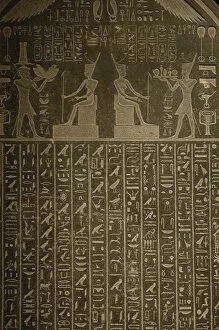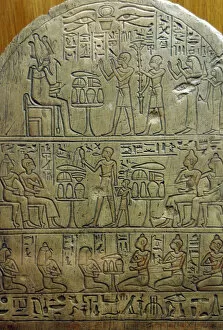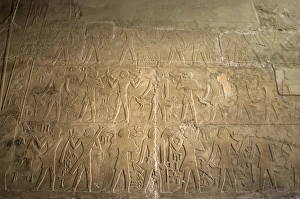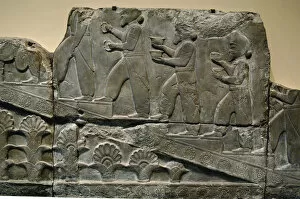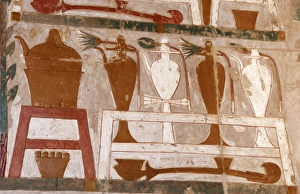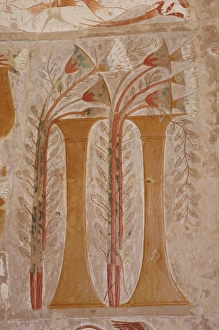Offerers Collection
In ancient Egypt, the act of offering played a significant role in religious and cultural practices
All Professionally Made to Order for Quick Shipping
In ancient Egypt, the act of offering played a significant role in religious and cultural practices. The stele of Herakleion-Thonis showcases the devotion of offerers, depicting individuals making offerings to their gods. This timeless tradition is also evident in the Naucratis decree, where a stele captures the essence presenting their tributes. One particular deity that received numerous offerings was Sobek, the Crocodile God. The stele dedicated to him portrays worshippers bringing forth gifts as a sign of reverence and gratitude. These acts were not limited to temples alone but extended to tombs as well. The mastaba of Ptahhotep and Akhethotep reveals an intriguing scene - the transport of offeri. It highlights how these valuable items were carefully carried from one place to another, emphasizing their importance in religious rituals. Moving beyond Egypt's borders, we find ourselves at Persepolis in Iran. Here too, reliefs depict scenes of offering on the walls of Darius I's palace. These intricate carvings showcase the grandeur and opulence associated with such ceremonies. Polychrome limestone reliefs further illustrate this practice by showcasing essences and perfumes being offered to deities. These vivid depictions highlight both material wealth and spiritual devotion intertwined within these acts. Offering scenes are recurrent throughout history because they symbolize human beings' desire for connection with higher powers or forces beyond themselves. Whether it be through tangible objects or symbolic gestures, offerers sought favor from their gods while expressing gratitude for blessings received. These captivating glimpses into ancient civilizations remind us that despite geographical boundaries or time periods passed; humans have always felt compelled to give back through offerings – an enduring testament to our innate need for spiritual connection and expression.

